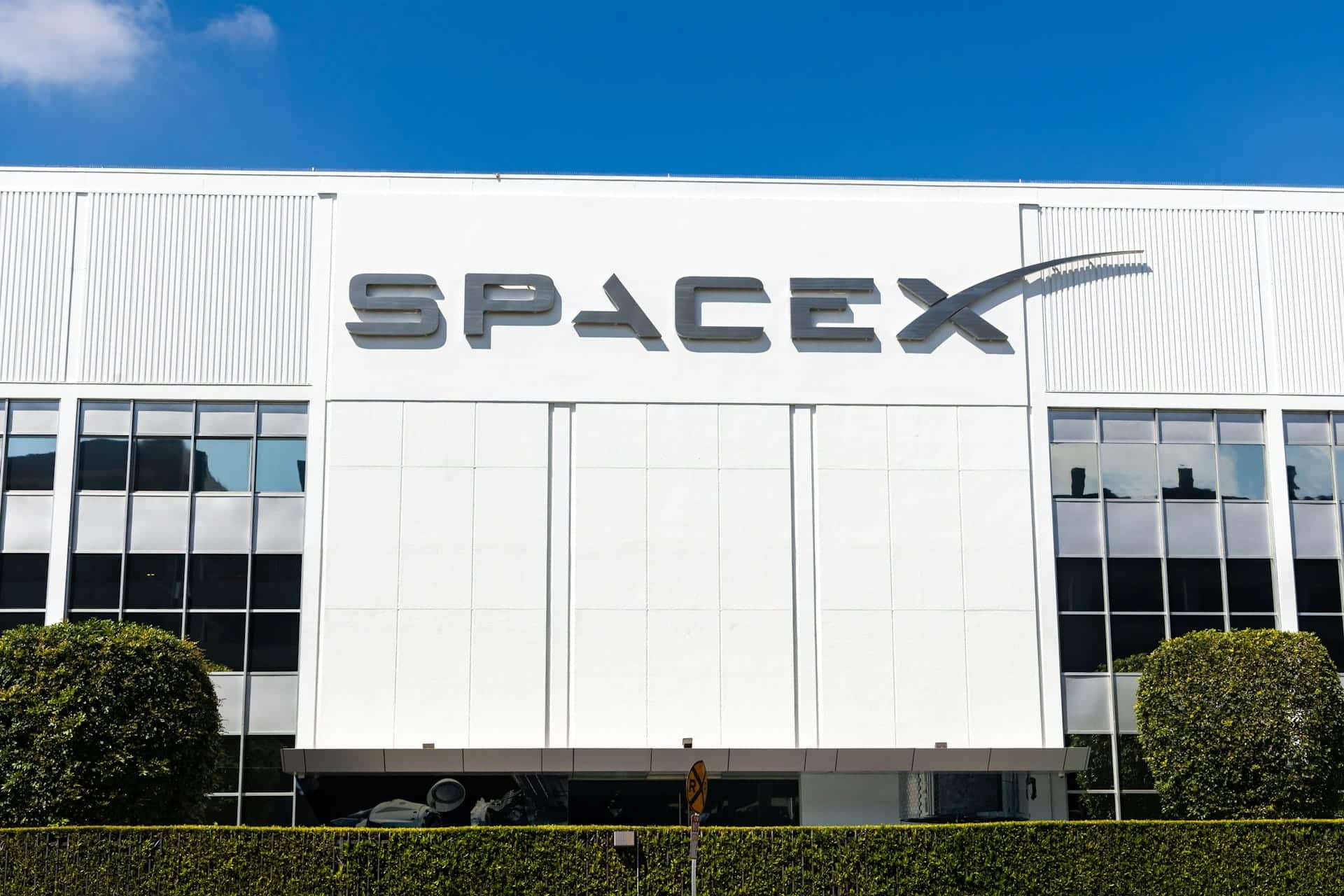Elon Musk’s company ventures into semiconductor manufacturing with an FOPLP plant that will use 700×700 mm substrates, the largest in the industry
SpaceX, the aerospace company founded by Elon Musk, has begun constructing its own advanced chip packaging plant based on Fan-Out Panel Level Packaging (FOPLP) technology in Texas, as revealed by the Taiwanese media outlet Digitimes. This is a strategic move within Musk’s ambitious plan to strengthen the vertical integration of its satellite systems and contribute to the technological self-sufficiency of the United States.
Currently, most of the chips used by SpaceX—including those employed in its Starlink modules and communications equipment—are packaged by STMicroelectronics in Europe, with supplementary work from Innolux in Taiwan. However, the growing demand for its satellite systems, along with national security requirements and operational efficiency, has driven the company to develop its own manufacturing capabilities.
A strategic move toward technological independence
This new factory will be located in Bastrop, Texas, where SpaceX already operates the largest printed circuit board (PCB) manufacturing facility in the U.S., established to meet Starlink’s production needs. By incorporating FOPLP technology, which shares multiple processes with PCB manufacturing (such as laser etching, copper plating, and semi-additive processes), the company is completing a key link in the semiconductor value chain.
Notably, the plant will utilize 700 mm x 700 mm substrates, an unprecedented size in the industry, allowing for the packaging of more complex chips, ideal for aerospace applications, communications, and power modules.
Safety, performance, and cost control
Chip packaging may not attract as many headlines as wafer manufacturing, but it is an essential process that turns semiconductors into usable products. With this investment, SpaceX enhances control over its supply chain and improves its ability to optimize performance, reduce costs, and protect against external disruptions.
Moreover, the development of this plant also responds to the U.S. government’s push to repatriate advanced packaging capabilities, which have so far been heavily concentrated in Asia. While TSMC invests $100 billion in the U.S., including two packaging plants, and Intel expands its 3D Foveros plant in New Mexico, SpaceX joins this strategic trend.
An expanding ecosystem
SpaceX’s move comes amid accelerated growth in the sector. GlobalFoundries announced a $575 million investment for its packaging and photonics center in New York, and Amkor will collaborate with TSMC in Arizona starting in October 2024 to operate InFO and CoWoS packaging lines.
According to supply chain sources, SpaceX will use its FOPLP technology to package satellite RF chips and power management modules. While much of this work is currently handled by STM, capacity constraints and the desire to diversify risk have led to outsourcing some initial orders to Innolux.
Nevertheless, SpaceX is clear that its goal is to dominate key processes in-house, following a strategy similar to the one Tesla adopted with its own TPAK packaging technology for batteries.
Boosting Starlink and national defense
This move is also tied to the growth of Starlink, which, according to recent statements by Musk on platform X, has become SpaceX’s main source of revenue, with projected $15.5 billion in revenue by 2025. Additionally, the company has government contracts for satellite manufacturing, reinforcing the need to ensure physical security and prevent attacks on the supply chain.
Several Taiwanese equipment manufacturers have already signed agreements with SpaceX to supply machinery for this new plant. Although initial volumes are small, they are expected to increase as the plant becomes operational and SpaceX accelerates its global deployment of over 32,000 satellites planned.
Global competition for leadership in packaging
Meanwhile, other companies are also advancing in advanced packaging. IBM, for instance, has signed an agreement with Deca Technologies to implement its MFIT (M-Series Fan-out Interposer Technology) at its Bromont, Canada facility. This strengthens North America’s competitiveness in the AI, high-performance computing (HPC), and data center segments.
Industry experts note that execution speed will be key. Although TSMC’s projects in the U.S. have yet to commence construction, their track record suggests they could scale quickly. The question remains how new players like SpaceX will respond to the technical and logistical challenges of building packaging capabilities from scratch.
With its entry into the chip packaging market, SpaceX not only strengthens its vertical integration strategy but also positions itself as a relevant player in the revival of the semiconductor sector in the United States. This commitment to proprietary technology, local production, and industrial sovereignty could set a new direction for the aerospace and communications industry in the era of artificial intelligence and global connectivity.
References: Digitimes and Tom’s Hardware

